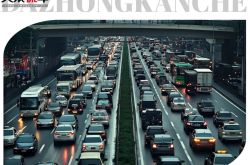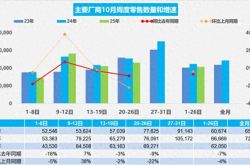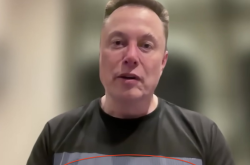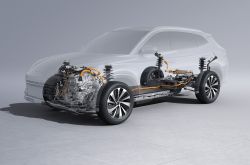From Tariff Skirmishes to Technological Confrontation: A Deep Dive into the Future Landscape of AI Dominance Between China and the US
![]() 04/24 2025
04/24 2025
![]() 610
610
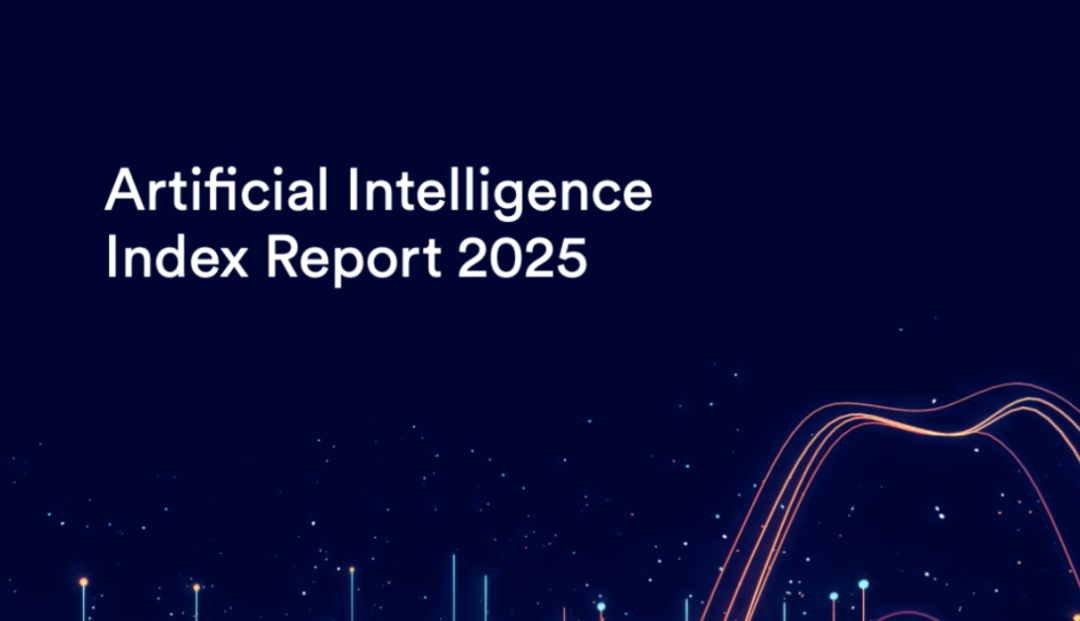
Amidst the escalating global technological rivalry, the competition between China and the US in artificial intelligence (AI) has garnered significant attention. In April, two pivotal events on the tech geopolitical stage—a lawsuit filed by 12 US states against the Trump administration's unconstitutional tariff policy and the release of the 2025 AI Index Report by Stanford University—added new layers to the battle for AI supremacy. As the smoke of tariff disputes fades, a profound technological and ecological confrontation in the AI realm between the two nations has officially commenced.
Ripple Effects of the Hidden Tech War Behind Tariff Maneuvers
The 'tariff rollercoaster' orchestrated by the Trump administration was a stark manifestation of the US's strategic anxiety in technology. From imposing punitive tariffs on Chinese goods in April 2024 to the current shift in stance, it underscores the diminishing returns of the US's technological blockade against China and the remarkable resilience of China's AI industrial chain. The 'tiered taxation' plan revealed by The Wall Street Journal underscores the US's bid to maintain a technological generation gap, but China's non-tariff countermeasures have made Washington realize the limitations of traditional coercive tactics.

This strategic shift has had a profound impact on the global AI industrial chain. In 2024, global AI investment soared to new heights, yet regional distribution was polarized. The US absorbed nearly half of the funds, while China ranked third globally in investment, boasting significant advantages in patent counts and academic paper output. With the easing of tariff barriers, systematic competition between the two nations in technology R&D, talent pools, application scenarios, and other areas has fully erupted.
AI Technological Revolution: A Shift in Model Efficiency and the Five Pillars for Future Victory
In 2024, the performance of AI models witnessed 'exponential convergence,' marking the end of the era of sheer parameter stacking. China's Phi-3-mini model matched GPT-3.5 in the MMLU test with fewer parameters, emphasizing the viability of the 'small but efficient' approach and intensifying competition between China and the US in model architecture optimization, quantization technology, and other specialized domains.

Power Dynamics in the Open-Source Ecosystem
The narrowing performance gap between open-source and closed-source models signals an unstoppable trend towards technological democratization. China is constructing an open-source ecosystem with frameworks like Baidu PaddlePaddle and Huawei MindSpore. In 2024, 35% of AI-related open-source projects on GitHub were from Chinese developers, breaking the monopoly of foreign frameworks.
Temporal and Spatial Competition for Data Elements
The traditional web crawler model has become ineffective due to the declining proportion of accessible web pages in the C4 dataset, and Chinese enterprises' data accumulation in vertical fields has demonstrated strategic value. Data advantages in sectors like healthcare, manufacturing, and autonomous driving are being converted into robust support for large model training.
Green Revolution in Hardware Computing Power
The ban on NVIDIA's H100 chips accelerated the substitution of domestic alternatives in China, and the PCM phase-change memory developed by Tsinghua University significantly enhanced storage and computing efficiency, opening a new path to突破 the von Neumann architecture bottleneck, reflecting the deep integration of materials science, semiconductor technology, and AI algorithms.
Value Loop of Application Scenarios
While most enterprises have achieved AI implementation, their benefits are limited, making scenario innovation capabilities crucial. Breakthroughs in diverse fields such as China's 'City Brain,' Tesla's Dojo supercomputing cluster, and Boston Dynamics' Atlas robot confirm that 'scenarios define AI' and highlight the differences in scenario openness between China and the US.
Reimagining the Physical World with AI
The neural hub of the transportation revolution lies in the integration of intelligent and connected vehicles with roads and clouds. Both Baidu Apollo and Tesla FSD Beta have made strides, but MoGo, the first AI large model developed by Mushroom Auto that deeply understands the physical world, stands out by deeply integrating real-time data from the physical world and connecting various application scenarios like autonomous driving, smart transportation, and smart cities, ushering in disruptive changes.
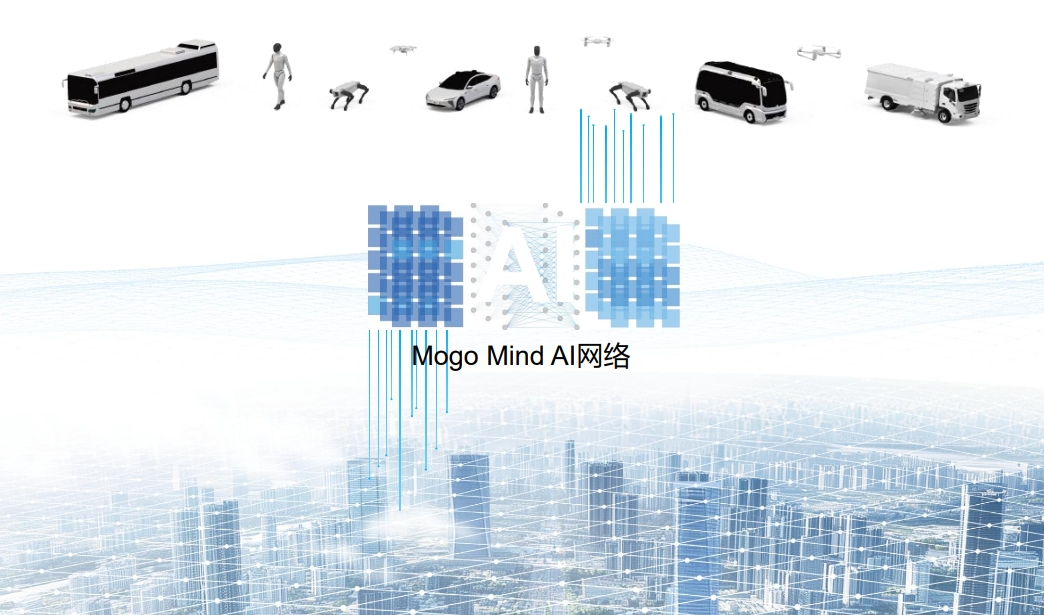
The Moment of Embodied Intelligence Breakthrough
The success rate of operations increased for Boston Dynamics' Atlas robot after integrating the OpenAI large model, and achievements from Tencent Robotics X Lab and MIT demonstrated the potential of cross-modal embodied intelligence in complex terrain navigation and new drug development.
Quantum Leap in Smart Spaces
Smart cities have entered the era of 'spatial computing,' with innovations from Google's Project Starline and Huawei's HoloSens blurring the boundaries between the physical and digital worlds.
The Ultimate Form of Physical AI
Stanford AI Lab's PhysAI achieves the integration of mechanical principles and deep learning, performing well in robot control and industrial quality inspection, indicating a shift from data-driven to physically-driven AI.
Focus of Future Battleground for AI Dominance Between China and the US: Technological Innovation Ecosystem
The US relies on top universities, research institutions, and technology giants to forge a comprehensive innovation chain, while China fosters an innovation ecosystem through its vast market and industry-university-research collaboration mechanism. In the future, breakthroughs in open-source community building, talent cultivation, and interdisciplinary integration will determine technological dominance. The nation that can create a more dynamic and attractive innovation ecosystem, attract global talent, promote interdisciplinary fusion, and facilitate close ties between basic research and application development will lead the race for technological innovation.
Depth and Breadth of Scenario Implementation
China has achieved rapid implementation in scenarios like intelligent transportation and intelligent manufacturing, forming a virtuous cycle through the feedback of massive data to model optimization. The US excels in meeting high-end market demands in medical AI and financial AI. In the future, both sides need to continuously explore new application scenarios, deepen existing ones, fully unleash the value of data, and convert technological advantages into tangible commercial value and social benefits. For instance, in intelligent healthcare, the ability to use AI for more precise disease diagnosis and personalized treatment planning; in education, the creation of smarter learning aids that better meet students' needs will become key metrics for scenario implementation effectiveness.
Policies, Regulations, and Ethical Frameworks
With the widespread adoption of AI technology, issues like data privacy, algorithmic bias, and security risks have grown increasingly prominent. Both China and the US are actively formulating policies and regulations to strike a balance between innovation and risk prevention. A robust AI ethical framework can not only ensure the healthy development of technology but also gain discourse power in global AI governance. In the future, countries that formulate scientific, reasonable, and forward-looking policies and regulations in regulating AI technology applications, ensuring data security, and preventing algorithm abuse will foster a favorable environment for the sustainable development of the AI industry, thereby gaining a competitive edge.
Talent Competition
The development of AI is heavily reliant on top-tier research talent and innovative teams. The US attracts numerous global talents with its high-quality educational resources and research environment, while China has increased investment in education in recent years, resulting in a growing number of AI talents trained by local universities. Additionally, China has introduced policies to attract overseas talent to return. In the future, the nation that can establish a more comprehensive talent cultivation system and become more competitive in attracting and retaining talent will gain stronger intellectual support for technological innovation. For instance, by offering more attractive research conditions, development opportunities, and welfare benefits, attracting top talents in the global AI field to converge and inject continuous momentum into the development of its own AI industry.
Control of Data Resources
Data is a cornerstone in the development of AI, and its scale, quality, and diversity directly impact AI model performance. China and the US each have advantages in data resources, with the US accumulating massive data in internet and technology enterprises, while China generates vast amounts of data due to its large population base and rich application scenarios. In the future, the ability to integrate, utilize, and protect data will become a pivotal factor in competition. How to dismantle data barriers, achieve efficient data circulation and sharing, and ensure data security and privacy will determine whether the data advantages of the two nations can be fully leveraged in the AI competition.
The competition between China and the US in AI has already kicked off, encompassing multiple dimensions such as technology, scenarios, policies, talent, and data. China boasts advantages in industrial chain completeness, scenario implementation speed, and data scale, while the US excels in basic research, open-source ecosystems, and high-end chips. The future winner will be the nation that can swiftest achieve a positive cycle of 'technological breakthrough - scenario validation - industrial application' and build a comprehensive, healthy, and sustainable AI ecosystem. This competition is endless, and the key to winning in the AI era lies in continuously promoting technological democratization, deepening industry-university-research collaboration, and constructing an open innovation ecosystem. As Fei-Fei Li aptly noted, 'The future of AI does not lie in who builds a more powerful model first, but in who uses technology to create a better world.'


